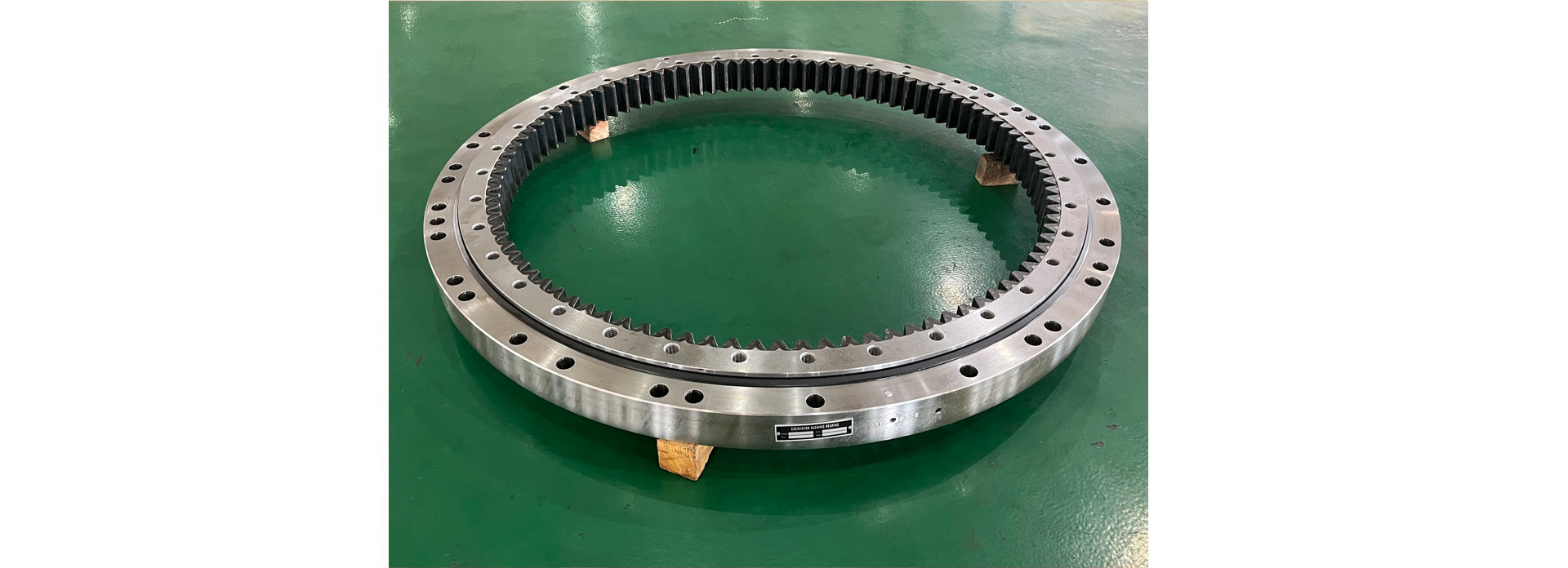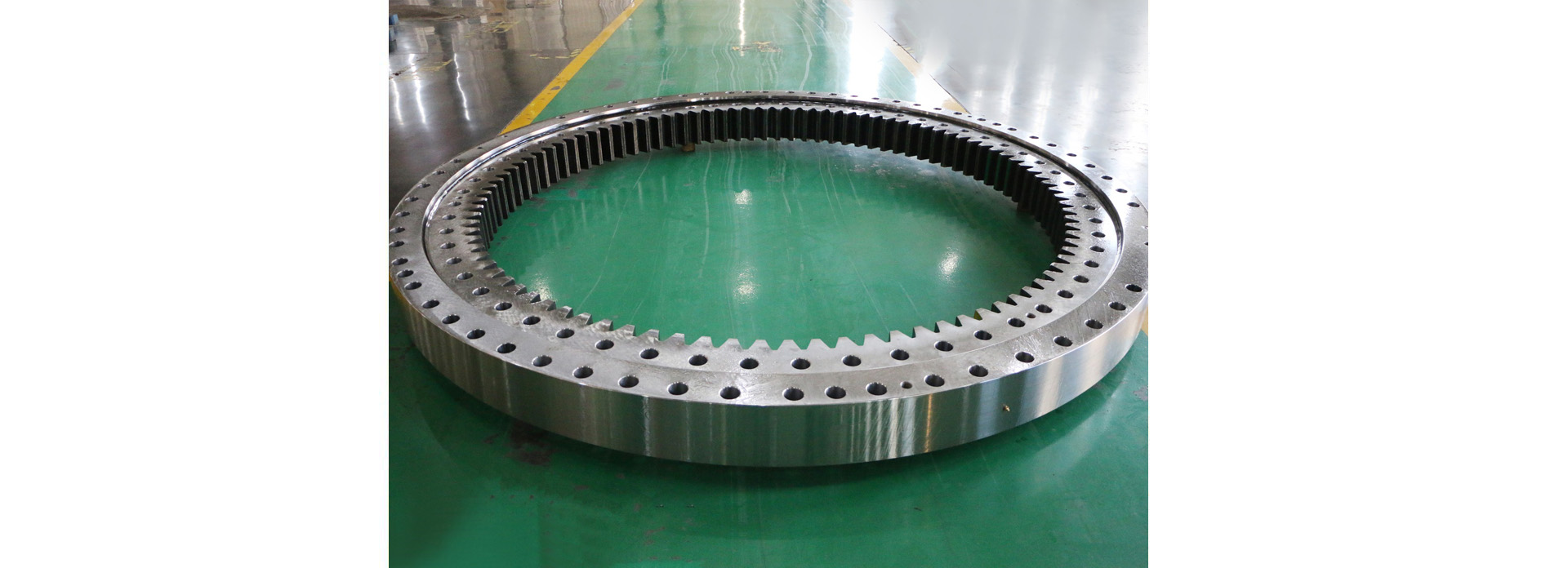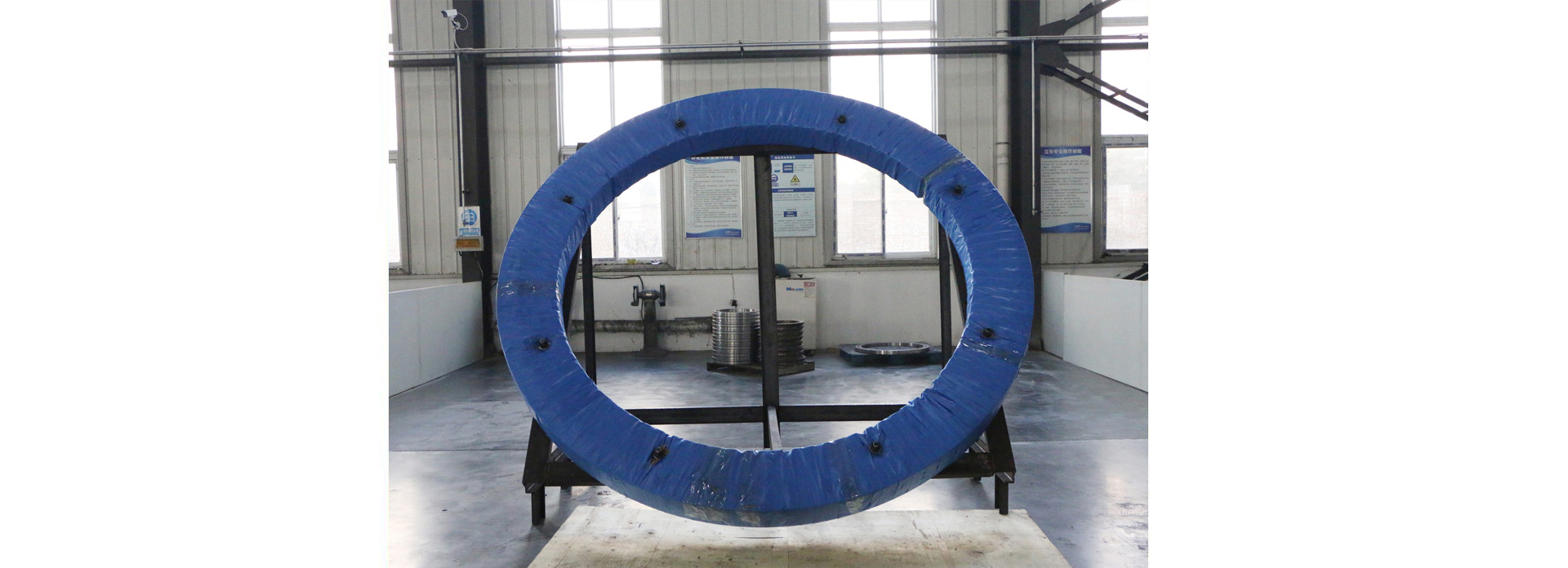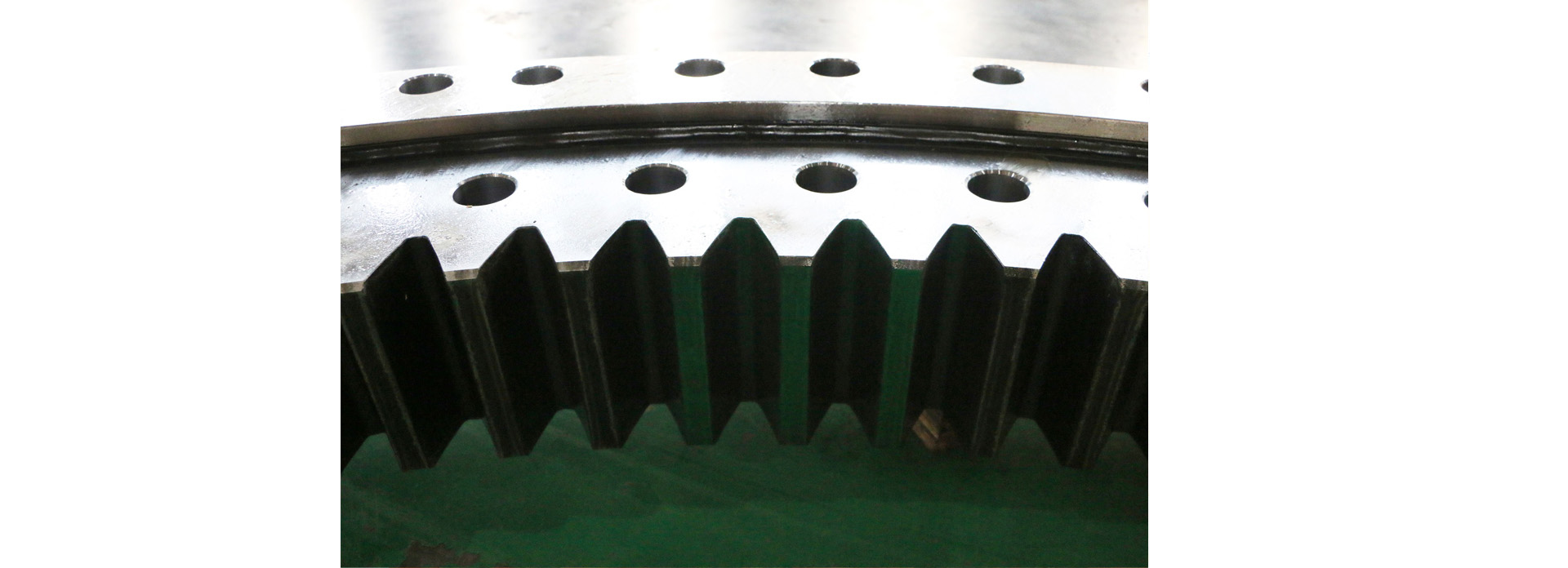Newsroom
Introduction to slewing bearing clearance
The turntable bearing is a key component widely used in various mechanical devices, and the design and adjustment of its clearance directly affect the performance and service life of the equipment. Clearance refers to the distance that can be moved radially or axially when one ring of the bearing is fixed while the other is not. According to the measurement direction, the clearance of turntable bearings is divided into axial clearance and radial clearance. These two types of clearances are not only important technical indicators of national and industry standards but also crucial for checking the performance of turntable bearings.

Classification of Clearances
1. Design Clearance
Design clearance refers to the value set by engineers during the design phase based on the operating conditions and load requirements of the bearing. This value is usually derived from theoretical calculations and experience to ensure smooth operation under normal working conditions.
2. Original Clearance
Original clearance, also known as manufacturing clearance, refers to the clearance set by manufacturers according to national or industry standards during production. This value is obtained through precision machining in the manufacturing process to ensure proper fit between bearing components.
3. Installation Clearance
Installation clearance refers to the change in clearance due to different degrees of interference fit between the inner ring and shaft, as well as between the outer ring and bearing hole during actual installation. The size of the interference will directly affect the clearance after installation.
4. Operating Clearance
Operating clearance refers to the changes in clearance caused by thermal expansion, bending deformation, and other factors during the operation of the bearing. This value will change with an increase in operating temperature, so it must be considered during design to ensure optimal performance under running conditions.

Impact of Clearance on Performance
The clearance of turntable bearings has a significant impact on their performance. Appropriate clearance can ensure sufficient space between rolling elements and rings, thereby reducing friction and wear, and improving operational efficiency. However, excessive clearance may lead to several issues:
Uneven Load Distribution: Excessive clearance may cause load concentration in certain areas, leading to local overload.
Increased Vibration and Noise: Improper clearance can increase vibration, resulting in noise that affects normal operation.
Excessive Temperature Rise: Increased friction may lead to elevated temperatures, affecting lubrication effectiveness and accelerating bearing damage.
Shortened Service Life: Inappropriate clearance can lead to frequent failures, shortening equipment lifespan.

Importance of Clearance Adjustment
To ensure optimal performance of turntable bearings during operation, proper adjustment of clearances is crucial. The adjustment methods typically include:
Measuring Existing Clearance: Using specialized tools to measure the actual installed clearance value.
Choosing Appropriate Fit Method Based on Requirements: Selecting an appropriate fit method according to specific equipment requirements to achieve ideal installation clearance.
Regular Inspection and Maintenance: Regularly inspecting turntable bearings to promptly identify and address changes in clearances due to wear or other factors.

Conclusion
In summary, the clearance of turntable bearings is a complex but vital parameter whose correct setting and adjustment directly relate to the performance and lifespan of mechanical equipment. During design, manufacturing, and installation processes, it is essential to fully consider the impact of various clearances on equipment operating conditions and take corresponding measures for optimization to ensure long-term stable operation of equipment.


